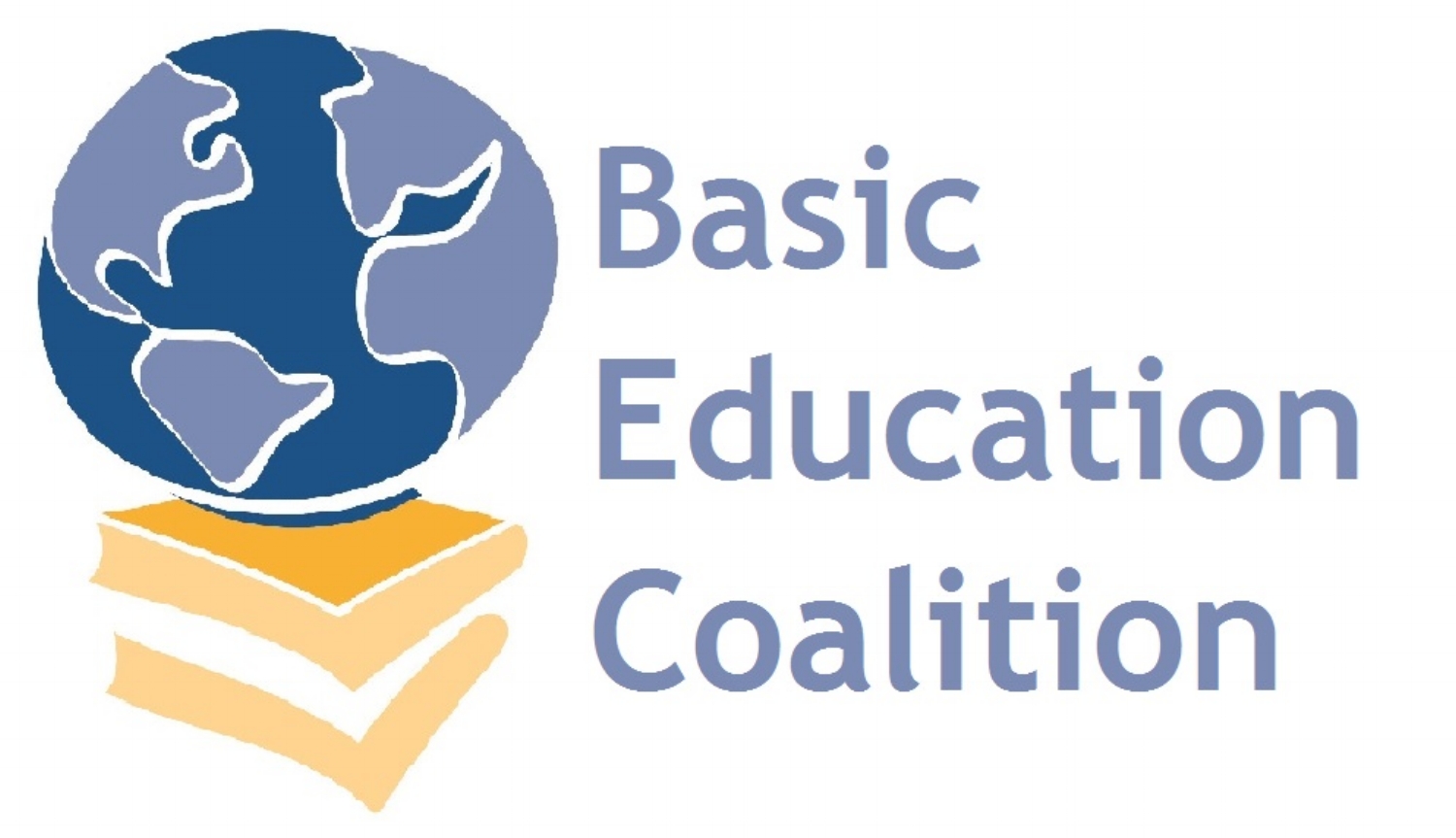BEC's Policy Position
BEC recommends that gender and girls’ education should be a main focus area of USAID’s next Education Strategy.
Fast Facts
For every year beyond fourth grade that girls go to school, their wages rise 20%.
62 million girls between the ages of 6 and 15 are not in school.
Once enrolled, many learners still face gender biases in teacher behavior and textbooks.
Increasing learning and empowering boys and girls through basic education requires robust engagement of countries, teachers, and parents.
Recommendations
The following best-practices and policy recommendations were collaboratively written by BEC's 2016-2017 Gender & Girls' Education working group. Download here.
Global education programs should aim for equality at the local and systemic levels, so that all children—regardless of their gender—realize their full potential and graduate ready to lead their nations towards economic independence and social stability. The economic benefits of girls’ education are substantial, especially at the post-primary levels. For every year beyond fourth grade that girls go to school, their wages rise 20%. Yet, in many regions, girls are left out of education. Programs must focus on the most marginalized girls, recognizing that needs differ by age group and other demographic considerations.
EQUITABLE ACCESS TO EDUCATION
According to the 2016 Global Education Monitoring Report, gender parity (equal levels of boys and girls attending school) was achieved globally in 2014 in primary, lower secondary, and upper secondary schools. The international education community has rightfully celebrated this progress. However, gender gaps persist in many countries, most dramatically in sub-Saharan Africa, where girls living in poverty are often without the necessary support to access even primary education. Globally, 62 million girls between the ages of 6 and 15 are not in school, and 16 million girls between the ages of 6 and 11 will never enter school, compared to 8 million boys.
In 2015, the United States committed to a vision for “a world in which every woman and girl enjoys full gender equality and all legal, social, and economic barriers to their empowerment have been removed." Realization of gender equality in education first requires recognition of the underlying barriers to girls’ full participation, beyond enrollment.
Some practical barriers to girls’ attendance and success at school include lack of access to water and sanitation facilities during times of menstruation, unsafe passage to and from school, and prohibitive school fees. These problems can be addressed through improved infrastructure and financial inputs. However, entrenched social and cultural norms also limit girls’ access to quality learning opportunities. In many cultures and societies, girls face threats of forced child marriage, early pregnancy and motherhood, gender-based violence, seclusion during menstruation, and greater responsibility for household labor than boys. To address these barriers to girl’s education, programs must increase awareness of and appreciation for the benefits of girls’ education at every level of society.
INCLUSIVE LEARNING ENVIRONMENTS
The focus of the international education community is now turning to what and how girls and boys are (or are not) learning differently once they are in the classroom. The Education for All movement recognizes that “...biases in teacher behaviour and training, teaching and learning processes, and curricula and textbooks often lead to lower completion and achievement rates for girls". Learning materials that promote powerful roles for girls are essential to ensuring girls’ self-esteem and sense of belonging in their schools.
Increasing learning and empowering girls and boys throughout basic education requires robust engagement and development of countries’ teachers, school leaders, and communities. In many regions, the teacher workforce at the secondary level is predominantly male, depriving young women of academic role models and mentors. Parents are often overlooked as key members of their students’ academic support teams. Their guidance and encouragement helps students develop academic identity and confidence.
At the very minimum, all students need and deserve to feel safe and protected at school. School-related, gender-based violence (SRGBV), defined as “acts of sexual, physical, or psychological violence inflicted on children in and around schools because of stereotypes and roles or norms attributed to or expected of them because of their sex or gendered identity” is much too common in many countries. The experience, or even the threat, of SRGBV often results in poor performance, irregular attendance, dropout, truancy, and low self-esteem. The outcome is devastating to victims, families, and societies and must be addressed through community sensitizations and improved reporting structures.
Engagement of boys and young men as allies in girls’ education is a necessity. However, boys face their own set of gendered barriers to quality learning. Poverty often drives young men into the workforce, and in some regions, a lack of community values about young men’s education hinders enrollment and school completion. Additionally, boys experience forms of SRGBV such as corporal punishment and bullying that lead to male drop-out.
ALL LEARNERS AS LEADERS
Robust agency by and on behalf of girls is necessary to ensure their access to leadership opportunities. Girls and young women must have the ability, as individuals, with their peers, and with the support of their stakeholders, to shape their own environments and futures. This requires opportunities to build critical thinking and self-advocacy skills.
For many years, USAID and implementing partners have been eliminating gender bias from curriculum, identifying and engaging with key education stakeholders to shape perceptions and attitudes, and strengthening education systems for sustainability of efforts. Based in our extensive experience, we have identified the following six best practices: (1) ensure that teachers, administrators, parents, community leaders, and employers are fully aligned and coordinated; (2) give girls and women educational opportunities that integrate awareness in health, nutrition, and physical and emotional well-being; (3) design initiatives inclusive of boys and men; (4) increase opportunities for girls’ leadership training; (5) improve knowledge and awareness of harmful practices and human rights abuses; and (6) impart essential life skills. These approaches nurture creativity and self-confidence, and open doors to self-sufficiency and prosperity for all children.
Banner Photo: School to School International

